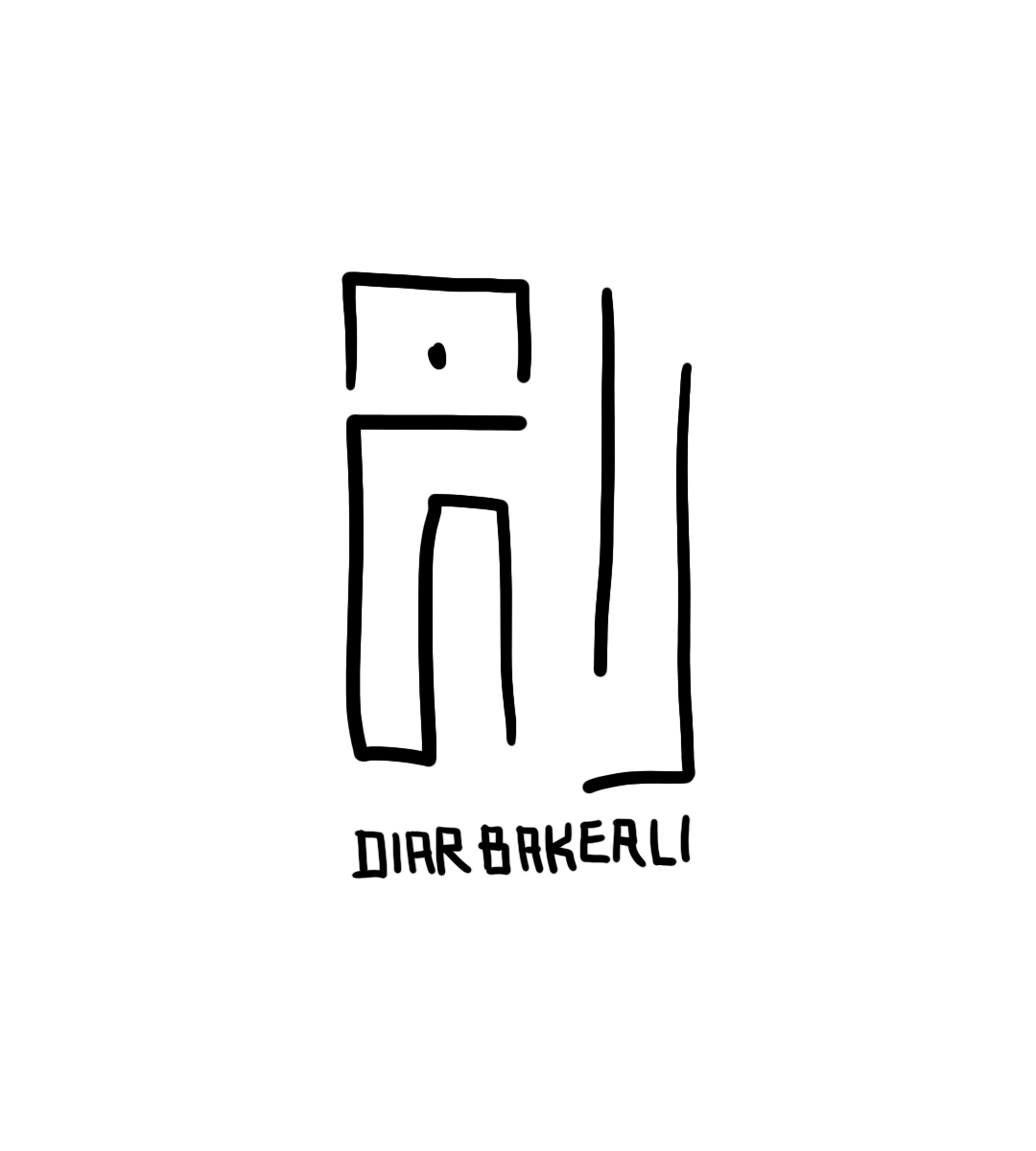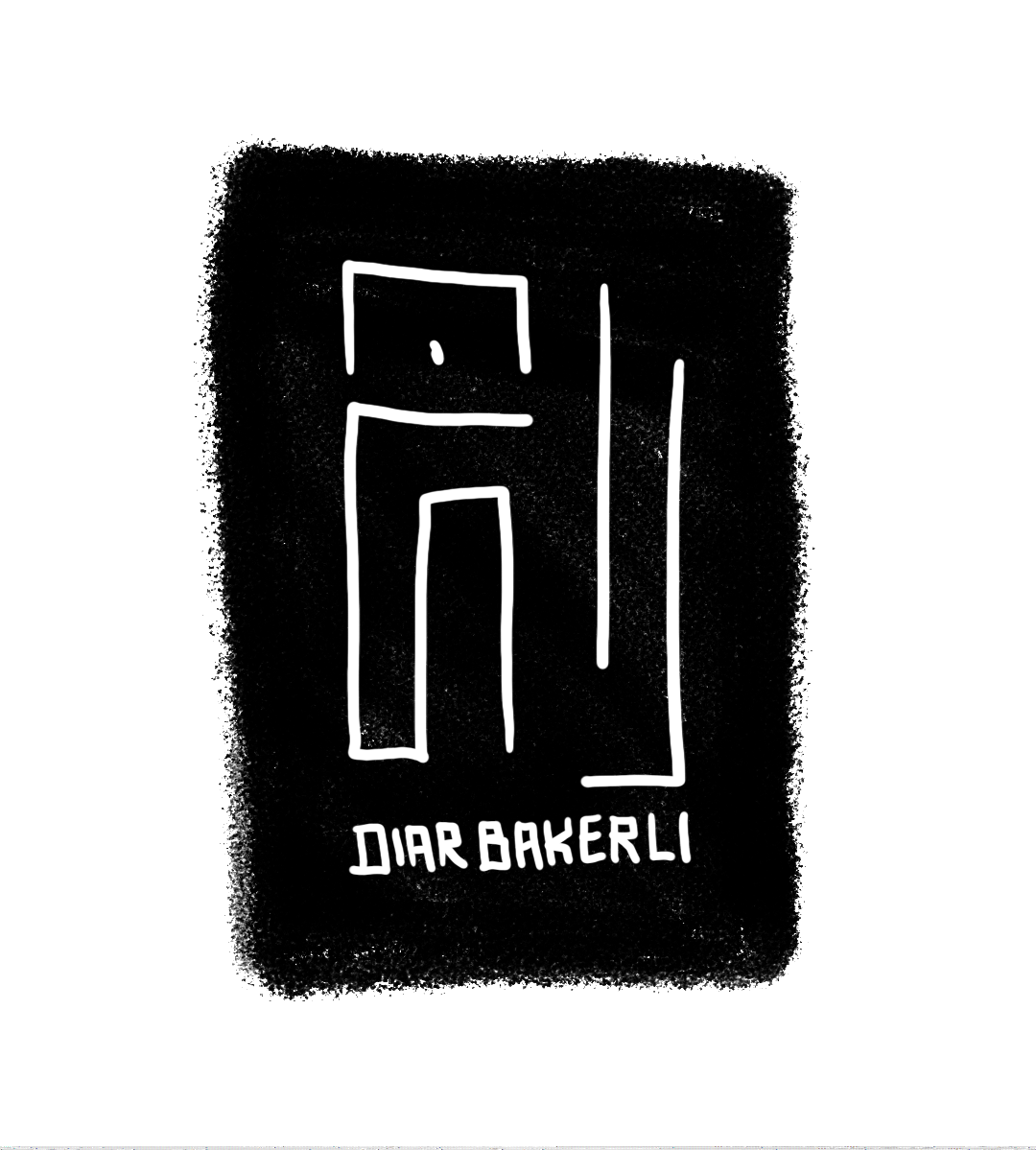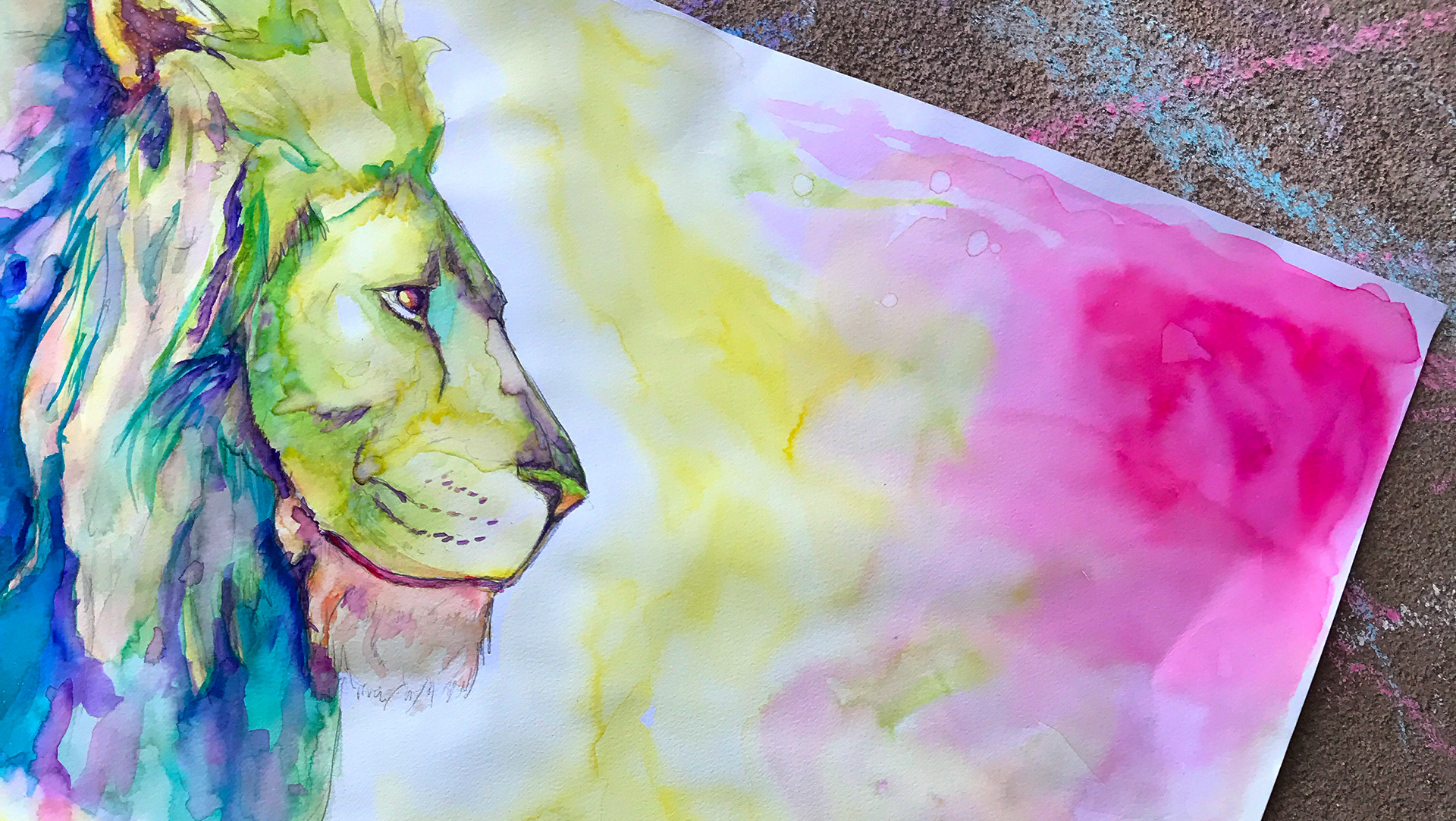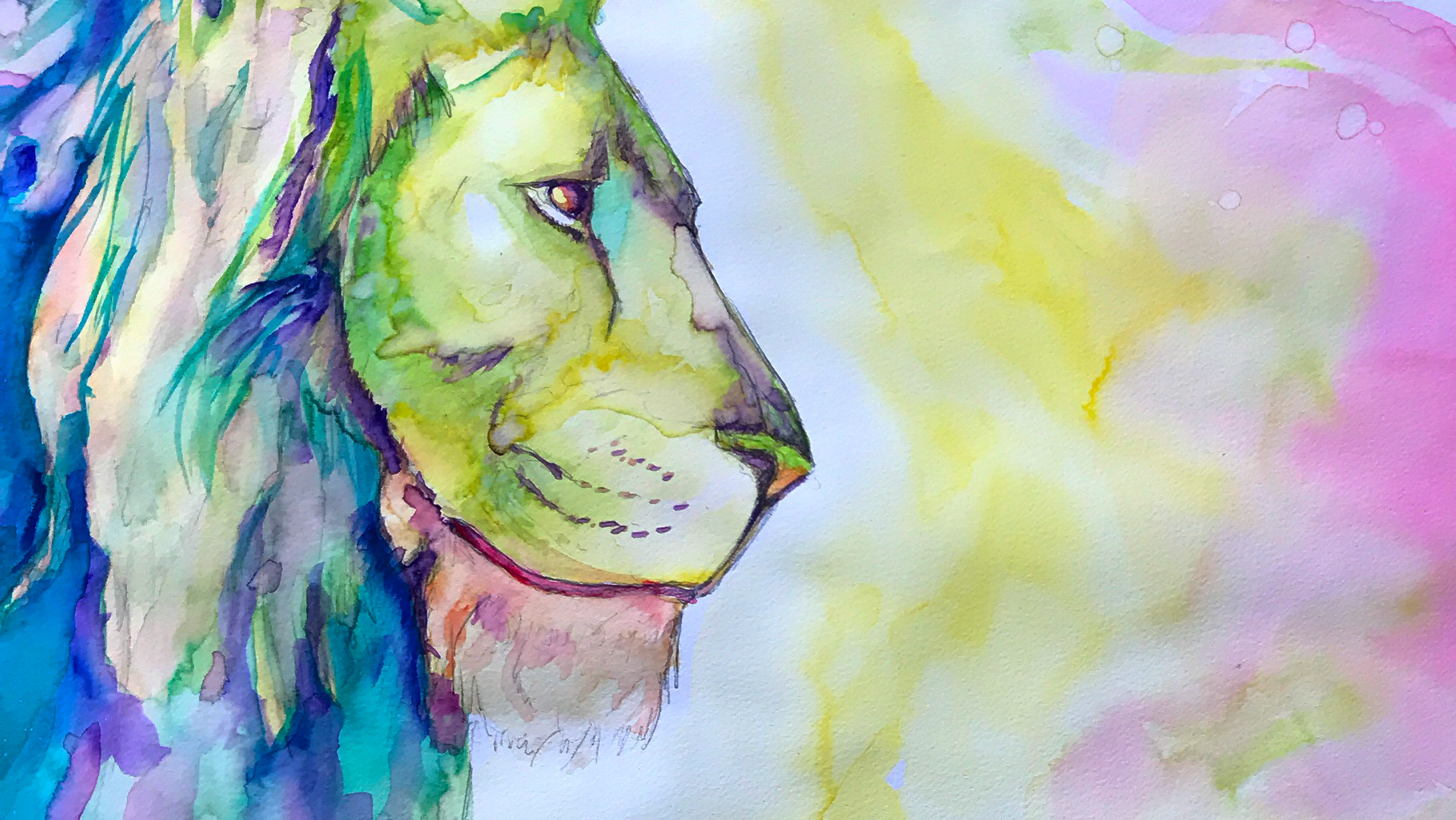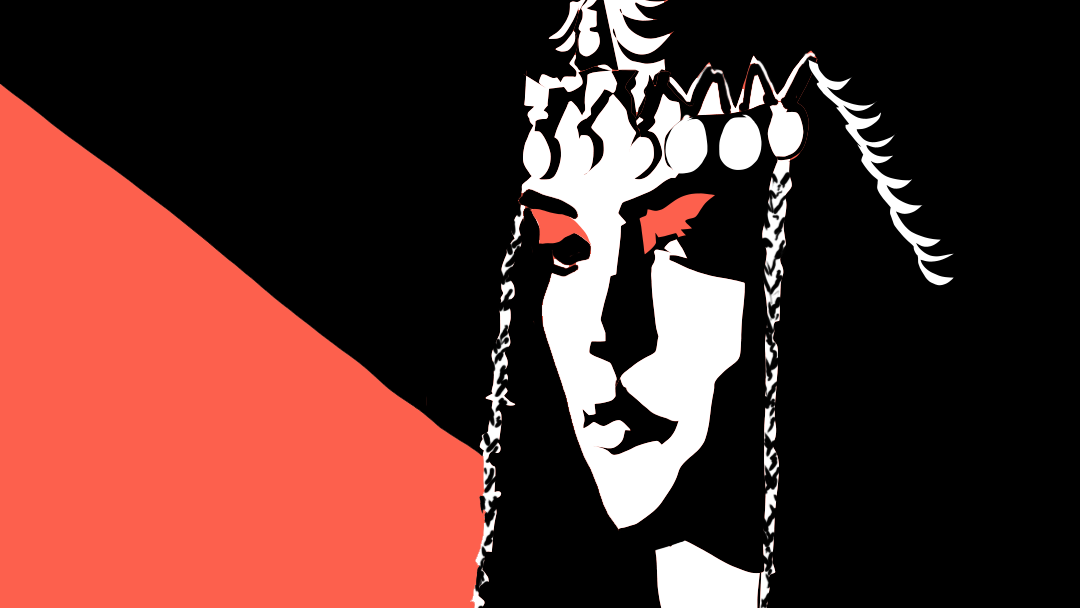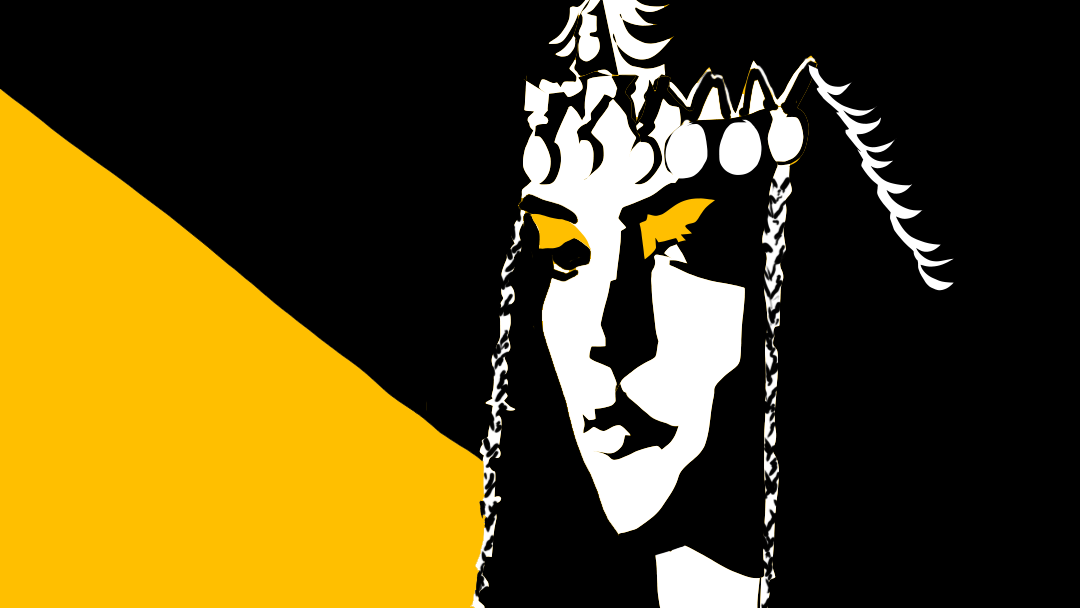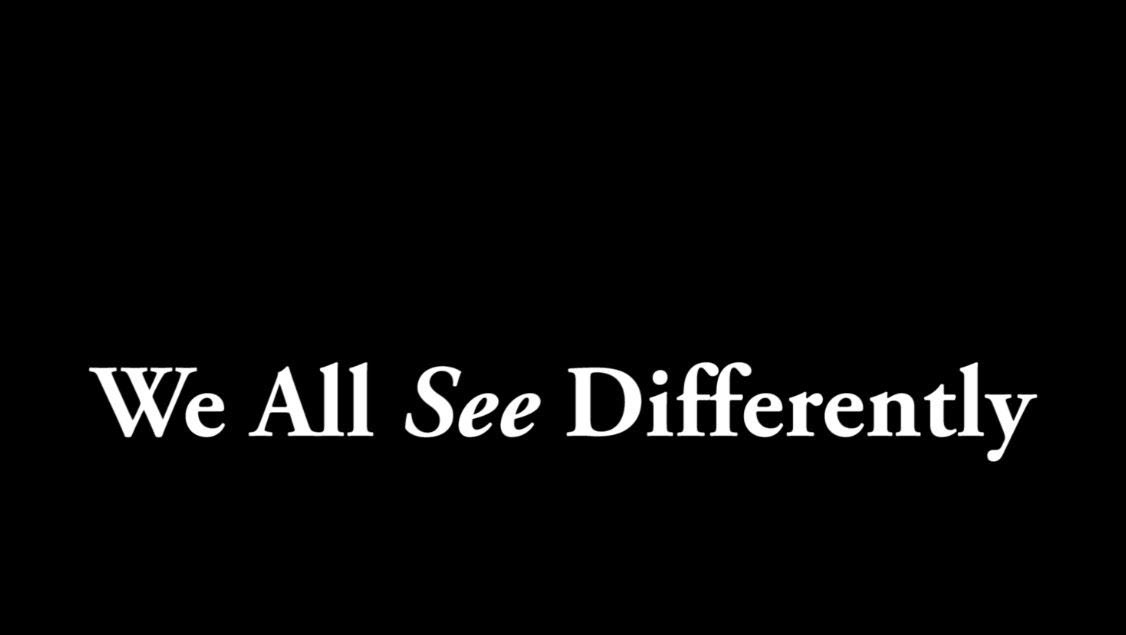Creating a Compelling Interactive Narrative
Encouraging Deeper Cultural Exploration
Encouraging Deeper Cultural Exploration
ABSTRACT
This project explores the multitude of ways in which an interactive visual novel can explore a different culture of peoples beyond the observable. It creates an opportunity for users to engage in dialogue with such peoples to learn more about their value, history, traditions, and goals. The experience is guided through a crafted branching narrative design allowing users to role play and explore as they chose. The Celtic Arab attempts to ‘hook’ users through unique hand-drawn illustration, authentic sound and music, exploration and meaningful player choice with the prospect of an epic journey. Ultimately it aims to elicit a sense of empathy to garner an understanding and appreciation for the represented faith and culture, encouraging players to see similarities to their own experiences.
Introduction
The inception of this project’s concept was sparked the moment I had completed playing a game called The Banner Saga by Stoic Studios. It is the first of a trilogy of games (the third presently in development). Reflecting with a sense of accomplishment after traveling through its twenty-some hours of story, a Maya Angelou quote came to mind: “At the end of the day people won't remember what you said or did, they will remember how you made them feel” (a paraphrase of a quotation attributed to Carl Buehner). The game was so rich with content that the specifics are lost in the sea of my remembered emotion.
The Banner Saga is set in a mythological Norse world - a culture and history of which I had little knowledge or exposure. Without it seeming to be a primary objective of the producers and developers, the player learns a significant amount of Norse mythology, culture, customs, landscape, architecture, and even music. Not only did I learn, but I was motivated to go out and research more about the Norse with a new found sense of appreciation and intrigue. Having realised its resonating impact, I couldn’t resist acknowledging to myself, I want the same for my religion, for my culture.
One doesn’t have to look far to see the type of portrayal Muslims have in mainstream outlets of western media, be it in books, film, music, news, and even video games: the anger, the violence, the oppression, the terror. And yet, none of it could be further from the truth of Islam’s teachings. As an avid video gamer, I have yet to find a video game that truthfully represents Islam and its values. Naturally, the next question in mind is “how did The Banner Saga instill this sense of appreciation for and interest in Norse culture?” The answers to this would provide an essential infrastructure on which to build upon for my project.
Theoretical Framework
After looking at precedents that have used interactive storytelling in the similar intended ways (and by extension, influenced the design and direction of the project), the paper explores three fundamental theories that frame the creation of this game:
• Moral Reframing
• Choice Poetics
• Gamification of Learning
• Choice Poetics
• Gamification of Learning
Furthermore, knowledge used from other supplementary disciplines including: Islamic knowledge, cultural anthropology, psychology, English literature, sound and music, and finally education are further explored as related disciplines. These related disciplines help inform design decision that further propagate my project’s objective, which is ultimately to garner an appreciation and meaningful understanding of Islam through the interactive medium of gaming. This section highlights one of gaming’s greatest strengths, synthesizing elements from different professions into one cohesive experience.
Iceberg Model of Culture
From cultural anthropology, we turn to Edward T. Hall’s Cultural Iceberg Model. Just as icebergs have small peaks, what lies beneath the water is unseen and significantly more vast. The theory suggests that cultures carry observable (collected through our five senses) and non-observable elements (which require intentional exploration and study). These can also be categorised at ‘surface culture’ and ‘deep culture’ respectively. When people are accused of appropriating a culture they simply adopt the ‘surface culture’ without knowing or understanding the its roots in ‘deep culture’.
Gillert A. et al., Intercultural Learning T-Kit, (Editors: Silvio Martinelli & Mark Taylor), Council of Europe and European Commission, 2000. One of many illustrated models of Hall’s theory.
The setting of the project takes place during 16th Century Ottoman Empire, an empire founded upon Islam, and spanned most of the known world at the time. That being considered, people of all walks of life mostly travelled freely and safely, therefore it was not unusual to find someone of African heritage in India and vice versa. Furthermore, Muslims, Christians and Jews lived in relative peace with each other. This provides a rich opportunity for the project to represent these different faiths (with an intentional focus on Islam) and cultures within these faiths. According to the theoretical model, the ‘surface culture’ would be easy to represent (clothing, language, art, and appearances), however, the project aspires to go beyond the visual and dive deeper into ‘deep culture’, addressing and teaching their ideas of family roles, social hierarchy, ideology, handling emotion, conceptions of cleanliness, definitions of sin and justice, nature of kindness and hospitality and so on. The list can be quite extensive, and the task can seem daunting, yet if what we want to represent is clear, and our knowledge base is sound, then it is only a matter of constructing the story elements in order to represent them.
In practice, the demo of my project allows the player to explore the campfire scene in a traditional ‘point-and-click’ style. One of the clickable elements is Rakan’s sword. If the player chooses to, they can ask about the odd-looking engravings on the sword. Rakan then recites the Quranic verse engraved on the sword and proceeds to translate its meaning. Furthermore, he expresses what it means to him and how it impacts his perceptions on life’s events. This example illustrates how the game can explore deep culture such as perceptions, beliefs, attitudes and values through interactive narrative. However, this raises the question ‘why does it need to be in a narrative?, why can’t we get right to the point and learn it without the story?’
Creating a Narrative
Modern Mythology, or the Monomyth is primarily informed by Joseph Campbell’s “Hero’s Journey”, we explore the constructs that define relatable and universal story and why it is important for teaching. Anyone can learn and memorize facts, but there is a risk of not caring about that information if it has little to no impact on their personal lives. It may not be relatable.
Winkler, Matthew, What Makes a Hero, TED-Ed, 2012. The content is base off Joseph Cambell’s Hero’s Journey and Hero With a Thousand Faces, but is summarized and simplified in this short educational video.
Joseph Campbell modernized the concept of the monomyth, being the hero’s journey in a universal construct that can be found in our daily lives. Immortalized folk tales, mythical legends, and prophetic biblical tales, what do they all have in common? In identifying the construct of stories and their heroes, it helps us realize how it can be both universal and yet extremely personal and intimate. Ultimately, Joseph Campbell defines that any story worth telling has the main protagonist learn to have courage or learn to care. What makes stories of the prophets so magnanimous and provoking? What makes the tales of heroes fighting to defend their people and land so uplifting and inspiring? What makes the story of a young girl learning to be comfortable with her flaws and blossoming into who she is meant to be so personal and reflective? If the story is compelling and intriguing enough, the player will be even more motivated to journey through the constructed world, and learn about the peoples and places that surround the protagonist and their journey.
A Celtic Crusader
The journey follows the tale of Eyvind O'Brian, a Celtic crusader who longs to find a renewed sense of purpose, and ultimately find God after a devastating tragedy hits him. Eyvind is intentionally designed to feel like ‘a fish out of water’, a character that does not belong where he is found. This way, the player (who may know little to nothing about Islam) can explore and learn with the protagonist, minimizing expected familiarity with the setting. Furthermore, it is important for a protagonist to be relatable and human, intentionally written to be flawed and vulnerable, instead of almighty and powerful. He is a warrior on a vast physical (and spiritual) journey, but is still a son, a father and a husband. Obviously, being one character, it is impossible to have him relate to everyone. Just as important as defining the protagonist’s character are their surrounding characters. An array of many diverse characters can and will join your small band of travellers with the hopes of providing different and unique perspectives on matters, acting as foils to Eyvind, and channels of new experiences that expand the game-world.
Joseph Campbell comes to the conclusion that any story worth telling has the protagonist learn to have courage or learn to care. An argument can be made saying that it is only about learning to have courage, because it takes courage to learn to care. The game aims to take Eyvind on this unforeseen journey in a different world and time to eventually learn to care about the Muslims he once perceived as the enemy. By telling a story, the lessons aim to become relatable to the player answering the question ‘why should a player care?’.
Conclusion of the Research
Video games are a digital medium capable of teaching complex and sophisticated lessons. Precedents have established how effective it could be to do so while still being fun and provoking. Its strengths come from its ability to synthesize writing, story, sound, music, visual arts, animation, intractability, gamification, and in creating player agency. Addressing a topic such as redefining Islamic narrative in the west may seem overwhelming at first but applying the iceberg model of culture helped prioritise what needed to be at the centre of representation and why. Furthermore, in order to share this information effectively, a story needed to be carefully crafted that ultimately have a relatable protagonist learn to care and/or to have courage. His journey needed to be both physical and spiritual in order to experience both surface and deep culture. Moral reframing dictates that we must place ourselves in other people’s shoes in order to empathise with their joys, pains, losses, successes, aspirations, motivations, and values. This will give a face with dimensions to the represented religion of Islam and its associated cultures. The other person’s shoes in this case is mainly in Rakan, the Muslim character players will get to build a deep and meaningful companionship with over the course of the narrative. Using theories established by choice poetics, desired effects upon players can be intentionally achieved to direct the interactive experience. My project is designed to be a mindful and thought-provoking approach to teaching, specifically in its dynamic dialogue and scene exploration. All these theoretical elements would coalesce in the created demo built in Unity engine with the aid of Fungus plug-in. Application is essential to evaluate real world reception, and with the aid of a survey, proved mostly successful in achieving the goals it set out to achieve. This project is only a demo as of now, and is intended to be fully realised given the time and resources.
You are welcome to download the demo and play! The experience will range from 10 to 20 minutes, depending on the choices you make.
